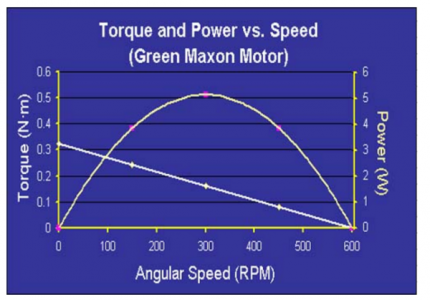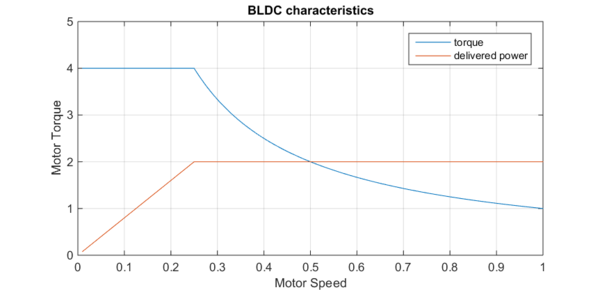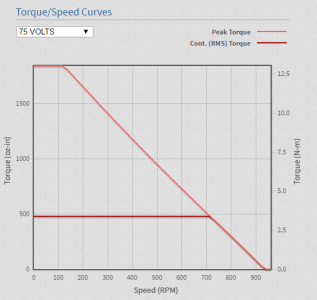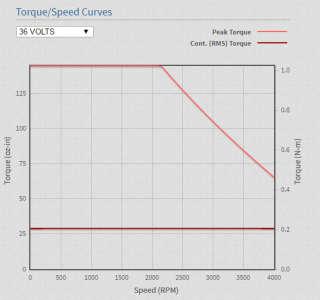A Brushed Motor has a rotating set of wound wire coils called an armature which acts as an electromagnet with two poles. A mechanical rotary switch called a commutator reverses the direction of the electric current twice every cycle, to flow through the armature so that the poles of the electromagnet push and pull against the permanent magnets on the outside of the motor. As the poles of the armature electromagnet pass the poles of the permanent magnets, the commutator reverses the polarity of the armature electromagnet. During the instant of switching polarity, inertia keeps the classical motor going in the proper direction.




